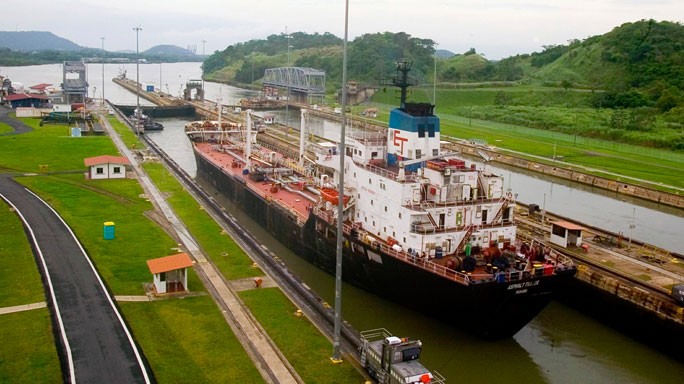Panama's economy will grow by 6.3 percent in 2015, making it the most dynamic in Latin America and the Caribbean this year, according to World Bank economic projections, presented yesterday in Washington as part of the spring meetings of this institution and the International Monetary Fund.
Augusto de la Torre, chief economist of the World Bank for Latin America and the Caribbean, said that Panama is an "exemplary case."
"The country has had the best performance in the region for the past 12 years," he said.
He said that the economy has been driven by the expansion of the Panama Canal, but, in addition, decisions have been made to take advantage of its geographical position to attract multinational companies and become a center of logistics services in addition to having quality legal and financial services.
However, high levels of growth also generate challenges, such as the "rapid emergence of bottlenecks" in the form of congestion in cities, ports and airports and with problems caused by social inequality.
In the current climate, Panama and Central America have benefitted from the fall in oil prices. In addition, the economic recovery of the United States favors them.
A different picture is observed for Latin America as a whole, which will grow just 0.8 percent in 2015, according to the World Bank. This is due to the fall of commodity prices and the slowdown in China, the main buyer of these products.
In some countries, in addition, risks can be generated by the appreciation of the dollar with respect to local currencies.
The World Bank believes that the region must adapt to this "new normal," saying the changes are long-term.
"Evidence indicates that external shock emanating from the slowdown in China and changes in the terms of trade are permanent," Torre said.
La Prensa





